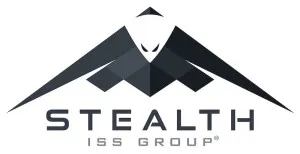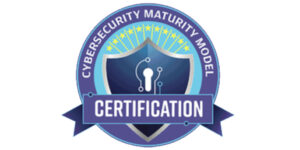With the implementation of technology and wide usage of internet, our society, the business world and institutions are tapping into the vast resources of information, knowledge and data that is available around the world. Business magazines, books, and journals are publishing countless theories and business cases on knowledge management and related topics; the number of conferences organized all over the world is immense and still growing. But the explosive growth in online information is making it harder for large, globally distributed organizations to foster collaboration and leverage their intellectual assets. Vast amounts of unknown, untapped knowledge, know-how, and best practices exist inside all organizations. This large reservoir of capabilities could be used much more efficiently if enterprises were able to create environments for employees in which they were enticed and facilitated to connect to other employees, to access experiences and know-how of colleagues wherever they are located or whatever their method of working is (Robertson, 2002). Because of that there has been a growing interest in the development of next generation knowledge management systems and especially focusing on the artificial intelligence and open source based technologies. One of these projects is Croquet, a consortium which is dedicated to developing and promoting the widespread adoption of open source, Croquet technologies for research, education, industry and games (Croquet website, 2007). This paper will analyze if the croquet project is a viable prototype to fill the needs to a next-generation management system and the constantly growing demands on collaboration, data sharing, security and innovation.
Knowledge has always been at the heart of work and action of people. Although the nature of knowledge has dramatically changed because of the vast scientific developments and other ongoing discovery processes, the competitive edge of individuals, enterprises, and even nations has increasingly become dependent on their ability to apply knowledge and to leverage it in a continuous way. Thus, the concept of knowledge management has appeared on the management agenda and plays an important role when it comes to success or failure of projects. When using knowledge management tools, there are four basic objectives for knowledge management systems which have to be met.
The first one is exploiting existing knowledge in the best possible way. This means managing and creating synergies between data and knowledge that is dispersed over several individuals working at different locations in different regions and knowledge that is stored in various media such as paper and IT systems or audio (APQC, 2000). In this case the essential objective is to make existing knowledge more productive in the light of the core processes and products by providing an integrated multi-user authoring environment, ease of use and efficiency, powerful linking between data, support of multiple data formats and searchability.
Another main objective of knowledge management is renewing the knowledge of individuals and enterprises based on internal and external learning processes. The most common slogan is “to learn faster than the competitor and apply the new knowledge where needed as efficiently as possible.” The time period in which knowledge can create competitive advantage is decreasing rapidly because of the increased transparency of the world (APQC, 2000).
Transforming individual knowledge into the structural capital of the enterprise is another major aspect. People are an enterprise’s main asset, but they can walk out the door at any time and taking with them not only their knowledge, but also the knowledge that the company used to complete projects and gain competitive advantage. Still, enterprises want to service their customers on a continuous basis and by transforming individual knowledge into collective knowledge. By using knowledge management enterprises are not only trying to reduce the risk of knowledge erosion but also increase the speed with which knowledge can be made productive (APQC, 2000).
Last but not least is transforming the business strategy based upon existing core competencies and capabilities. Emerging competencies and capabilities can be used to redirect the strategy and create competitive advantage for a decisive period. To grasp these opportunities, enterprises should be aware of their competencies and the underlying knowledge areas and assets (APQC, 2000). For this knowledge management tools can be used very efficiently.
Besides these advantages that knowledge management systems will bring to an organization, there are other important factors that a system has to have in place. These content management factors are version control & archiving for legal accountability, backup and disaster recovery; a powerful and easily customizable workflow model, adequate security levels and audit trails including integration with external and existing business systems, reporting tools as well as included presentation requirements which are access control, usability, crow browser support and effective navigation. Besides these features, corporations have to consider the contract and business part, which is adequate documentation, maintenance and support agreements, scalability, IT constraints, user training, costs and warranties (Robertson, 2002).
When analyzing Croquet and its functionality as a knowledge management system, one has to know that Croquet is intended to be used as a way of building simulations and real-time collaborative environments that can be used in the commercial and industry world, the educational sector as well as the social and leisure area. The tool is not designed to be used as a knowledge management system in the sense other established commercial knowledge management systems function. As a powerful new open source software development environment Croquet allows for creation and deployment of collaborative multi-user online applications on multiple operating systems and devices, which are based on a peer-based network architecture that supports communication, collaboration, resource sharing, and synchronous computation between multiple users on multiple devices. Software developers can create and link powerful and highly collaborative cross-platform multi-user 2D and 3D applications and simulations (Croquet website, 2007).
The specific use of Croquet in the collaborative simulation area allows communities or groups to work on the “same page” on one and the same project and at the same time, although in different locations around the globe. These socio-technical challenges that arise from telework, outsourcing or international collaboration on various projects are limiting development in fields that require a virtual or design environment to accomplish the project mission. Good examples could be three-dimensional modeling in industrial design, physics, and computer science. In many cases so far the geographical distances prevent scientists from drawing on the blended expertise of a larger knowledge, reviewing the same updatable data, or rapidly disseminating software, algorithms, and new ideas. Croquet certainly provides the platform and environment to allow for a three-dimensional work field to view manipulate, and revise complex 3D visualizations. Such a real-time work environment allows for seamless access, display, review, organization, edit, annotation, rotation, storage, and protection of 3D models and complex data while maintaining continual awareness of one another’s actions and intentions during the design process.
In the educational field Croquet allows for new inventions such as next generation online library services which allow the user not only to read information about a topic but also experience it in a three dimensional world. This tools comes in very useful for complex subjects such as nuclear physics or astronomy, where graphics and interaction of the user will provide for a much better and faster learning environment. But also as a social platform for online communities, it offers many advantages such as sharing virtual working models of ideas and physical phenomena. Croquet combines easy to use object/artifact creation and annotation with a digital repository and state of the art 3D graphics and sound to provide a powerful environment for explaining and exploring complex concepts. And the same applies for the gaming and design world which offers a 3D open source multiplayer game engine and integrated development environment and an easy way to collect, archive and exhibit digital design data. Besides all the areas in which Croquet can be useful, it also offers the advantage that users/developers may freely share, modify and view the source code based on their needs and current requirements. Also the technology is not hosted on a single organization’s server, requires only a limited kilobits in bandwidth most of the time in order to achieve real-time collaboration and is based on classic P2P processing in which each client does rendering and any other possible calculations on its own not putting too much strain on resources (Croquet website, 2007).
Although all these advantages exist, a lot of the requirements that are expected from a fully functional and well developed knowledge management systems which were discusses earlier in this paper are not met. One of them and probably the most important one is security. The current implementation of Croquet does not have a proper solution on how to provide a secure and full functional connection if users are behind different NATs (Croquet website, 2007). The entire authentication with access rights has not been fully developed as well and will require a lot more input from the development community before Croquet will be used in a commercial environment where not only groups have to work on various projects but also data access has to be monitored and granted only to authorized users.
Also other issues such as version tracking, meta tracks and searchability have not been developed to the extend as other commercial products already have in place. And that is one of the major aspects that knowledge management tools have to provide. In addition to that, and just like with any open-source application, the main question that a lot of companies will ask themselves prior to implementing it, especially since this is a new project, is the technical support, customization and development issue. Where will the companies get the professional and experienced software programmers who will be ready to design and customize the application when needed? And what about support and warranty for the project? (Robertson, 2002).
Considering the fact that this is a relative new project, it certainly has a lot of potential, but not at this stage where it is currently. It allows for many great features that can be used in various fields, but it has not the technical specifications that are required when businesses deal with mission critical data and projects. For that it is still too early in the development phase and many of the knowledge management system requirements that were discussed at the beginning of this paper need to be developed to its fullest before corporations will start using this tool. But even then, the application calls for graphics and 3D usability, bringing a good benefit for the design, game, research or scientific communities, but not for the pragmatic and data oriented business world where facts and not design is required.
![]()
![]()





